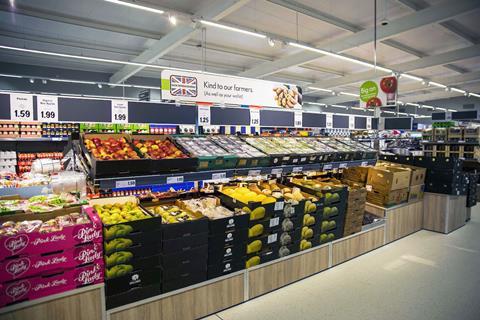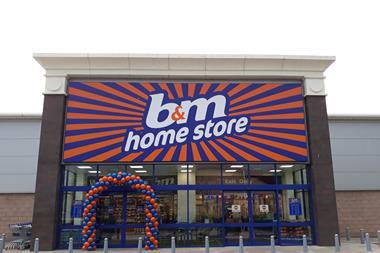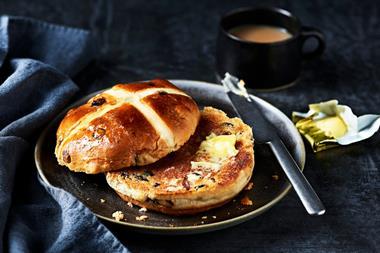
Kantar measured Lidl’s market share at a record 6.9% in the 12 weeks to May. That compares to a 5.8% share just before lockdown hit, and 2.7% 10 years ago. The discounter is delivering long-term, consistent growth in the UK, only fleetingly interrupted by lockdown.
So how is it doing it? And what can we learn?
First, there’s the price perception it has earned. The company is built on working practice and a philosophy that has consistently delivered low prices and good value over many years. This means shoppers don’t have to question the price of every item, or the receipt from every visit. They feel confident in Lidl to deliver value, every time.
This confidence is reinforced with occasional knockout prices, via Pick of the Week, ‘when it’s gone it’s gone’, and the middle aisle. In late May, Lidl offered a bag of satsumas for 59p, and had a ‘when it’s gone it’s gone’ offer on chicken fillets – £8.79 for 1.8kg – which will be very hard for competitors to match. These individual examples reinforce its long-held reputation and perception. It’s a virtuous circle. And all this before you even factor in its loyalty app, Lidl Plus.
But it’s not just about price. Second, it’s about quality where it matters. Lidl knows what has long been true: the categories that most drive quality perception are produce, meat and bakery. As you arrive in store, there is well-lit, abundant produce, fresh and high quality. There’s an excellent fresh bakery counter, best in class from an “eat now” perspective. Meat and fish are kept inside fridge cabinets that imply life and freshness benefits. There is significant share of voice in advertising and in store for Lidl’s quality stories (“quality for all”). Lidl’s language is not “cheap as chips” and it hasn’t been for a long time.
Finally, Lidl offers positivity. In a challenging world (war, cost of living, disappointment in our leaders, to name a few), here is a bustling environment where shoppers are encouraged to get on with enjoying life. There’s a good barbecue range, summer wines, outdoor furniture and games for the kids. This cheerful air contrasts with many massive out-of-town stores, so fashionable 20 years ago, but slowly losing volume year by year, cutting costs accordingly, and often looking tired and grey.
In the industry, we might like to think the discounter story has peaked. But it hasn’t. The public don’t get bored of what they’re offering: great prices, quality where it matters and a positive environment. That’s a formula for more growth.



















No comments yet